by Eric Bordenkircher
The U.S. decision on October 13th to withdraw its forces from northeastern Syria is prudent and long overdue. The maintenance of U.S. forces in Syria was becoming increasingly precarious, and America does not need to wake up one morning to another Beirut Marine barracks bombing. Donald Trump now must be strategic with his decision-making in Syria to realize his long-term goal of containing Iran and forcing it to negotiate a new, more comprehensive, nuclear agreement.
Scholars, analysts, politicians, and political pundits have described President Trump’s decision as a foreign policy disaster that discredits the U.S. as a trustworthy ally, as well as another sign of a weakening U.S. regional presence. Two specific criticisms have been leveled at the President’s announcement. The first is that the U.S. troop withdrawal will lead to the return of the Islamic State (IS or ISIS). The second is that the U.S. is betraying a staunch ally, the Syrian Democratic Forces (SDF), that was integral in the territorial defeat of ISIS. In other words, America is throwing the SDF and its Syrian-Kurdish supporters to the wolves—in this case, Turkey.
The criticisms leveled at Trump’s announcement are misguided, short-sighted, and poorly informed. Critics wrongly believe the U.S. can have its cake and eat too when it comes to Turkey, the SDF, and the greater Middle East. They over estimate U.S. capabilities in Syria. They fail to recognize an increasingly complex and volatile area emerging in northeastern Syria. Critics also fail to recognize the centrality of Turkey to long-term U.S. Middle East policy. Their concern should be about whether this U.S. troop withdrawal will be in vain or utilized to benefit more important policy objectives in the region.
U.S. troops in northeastern Syria will not eradicate the ISIS phenomenon. ISIS is a symptom of a deeper problem—Sunni Muslim political grievances. Years of poor governance in eastern Syria by the Assad regime drove some Sunnis into the arms of ISIS. Reversing this process cannot be accomplished in months or years—it will take decades. This reality produces the potential for an open-ended military presence. When exactly will the territory be fully secured and deemed ready for a withdrawal? In the wake of extensive military operations in Afghanistan and Iraq, does the U.S. want to maintain another operation that lasts for decades? Furthermore, the U.S. is incapable of addressing the issue of political grievances. Responsibility for ISIS needs to be delegated to other parties with more direct interests and immediate concerns.
The emerging political landscape and violence in northeastern Syria poses a greater risk to U.S. forces than ISIS. The predominance of Kurdish forces in the SDF is disproportionate to the region’s overall population. Societal and communal divisions are widening. The region lacks an independent governing precedent. All these factors indicate a volatile future that will go from bad to worse. The environment will pit communities, tribes, elites, and parties against one another. Furthermore, groups will seek out external patrons to realize or protect their objectives. Reports of Russian and Syrian communication with the SDF may draw them and others, like Iran, into the mix. Civil wars and sectarian/ethnic conflicts produce strange bedfellows. Yesterday’s enemy is tomorrow’s ally. In 1996, Saddam Hussein was invited into northern Iraq by a Kurdish party to assist in their struggle against another Kurdish party. This is the same Saddam Hussein who less than 10 years earlier gassed the Kurdish community.
A continued presence in northeastern Syria eventually would have required U.S. forces to pick a side or at least appear to have picked a side. In the eyes of some Syrians—unbeknownst to the U.S. before it was too late—the U.S. force would have become an enemy or an obstacle. In 1982, the U.S. deployed a peacekeeping force to Lebanon to maintain peace and help rebuild the Lebanese state. Roughly one year later, a suicide bomber destroyed the U.S. Marine barracks in Beirut, killing 241 U.S. servicemen. The U.S. was targeted because it could not walk the tightrope between feuding Lebanese parties, the Lebanese government, Syria, and Israel. A similar scenario is unfolding in Syria, among Syrians and between Syrian-Kurds and the Turks. A troop withdrawal avoids the risk of the U.S. being caught up in these messy scenarios, possibly leading to another calamity.
Ideal options and outcomes are lacking in today’s Middle East. Tough decisions are required in creating and realizing policy. In this environment the U.S. must prioritize its regional objectives. At this stage, the number one U.S. priority must be to contain Iran and maintain maximum pressure until a more comprehensive nuclear agreement is achieved. Its realization requires the cooperation of Turkey, not the SDF.
The challenges and unpredictability that lie ahead in northeastern Syria, the inability to eradicate the ISIS phenomenon, and the Iranian objective paints a clear picture—the U.S. had to terminate its relations with the SDF. Not all alliances last forever, particularly in the Middle East. Ask the Palestinian Liberation Organization, Lebanon’s Christians, or the Kurds of northern Iraq about their interactions with numerous Arab regimes, Iran, Israel, the Europeans and other international actors over the decades. One should also not forget that the initial engagement with Syrian-Kurdish forces in 2014 was fraught with controversy. U.S. officials chose to ignore the claims of Turkish officials that elements within the SDF are an extension of the Kurdistan Workers’ Party (PKK). The PKK is an internationally recognized terrorist group that has been waging an insurgency against Turkey from northern Iraq since the 1980s.
The question that remains unanswered is whether the Trump administration can be strategic and leverage the U.S. troop withdrawal with greater Turkish cooperation on Iran. Can a prudent short-term act also help with a long-term goal? This is proving to be increasingly difficult, with talk of sanctions against Turkey by President Trump and Congress. Furthermore, Trump’s flip-flopping on a withdrawal at the end of last year and last week’s announcement of a redeployment makes extracting Turkish cooperation on Iran tough to achieve. The Turks already knew the Trump administration wanted out of Syria.
The jury is still out on President Trump’s prowess in the challenging landscape and bunkers of the Middle East. Trump appears to have honed his short game when it comes to the prudent decision of withdrawing U.S. forces from northeastern Syria. The question remains whether he can combine his short game with his long game to achieve a victory—containing Iran and negotiating a new nuclear deal. The golf course at Mar-a-Largo is more forgiving than the politics of the Middle East. Trump may be able to rebound from a mistake or two at Mar-a-Largo. Another mistake or two in the Middle East will prove fatal to U.S. interests.
Eric Bordenkircher, Ph.D., is a research fellow at UCLA’s Center for Middle East Development. The views represented in this piece are his own and do not necessarily represent the position of UCLA or the Center for Middle East Development.

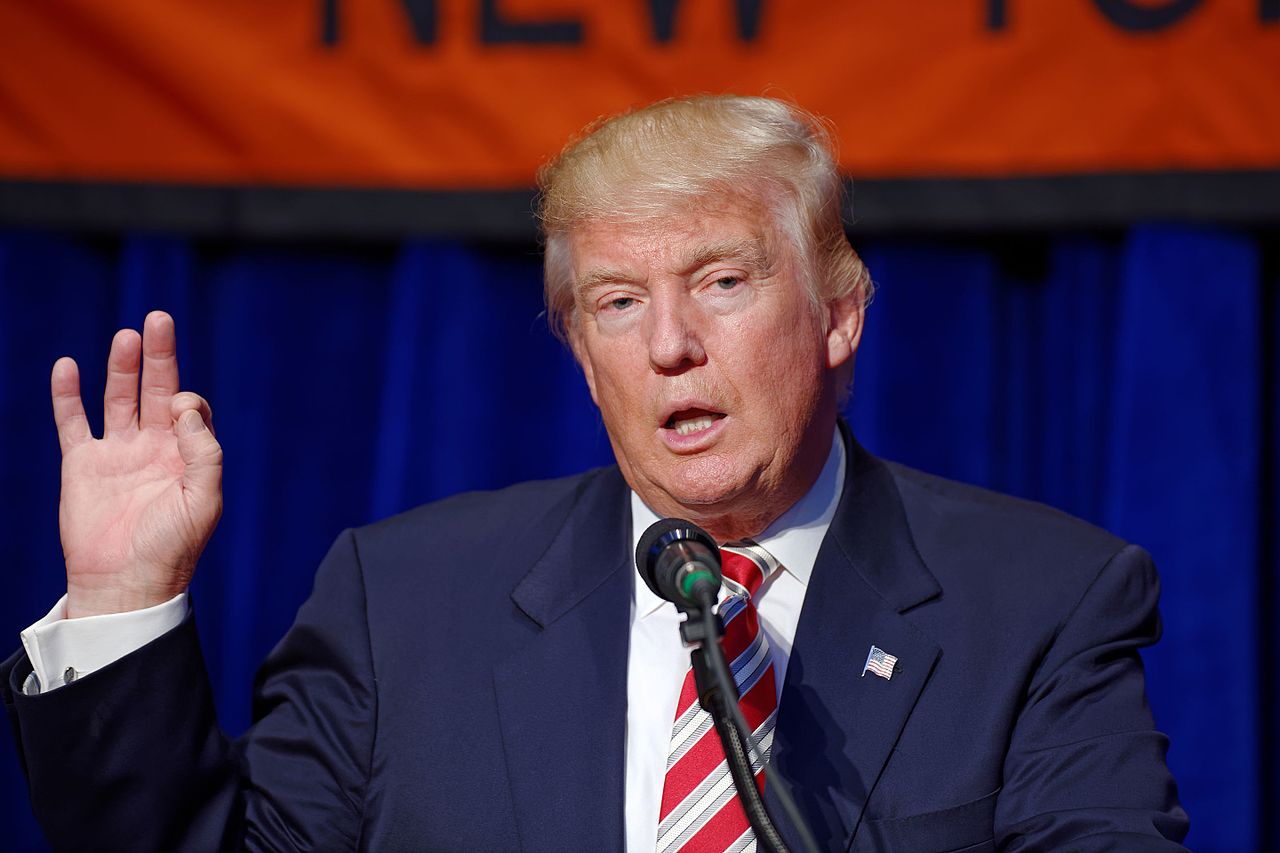
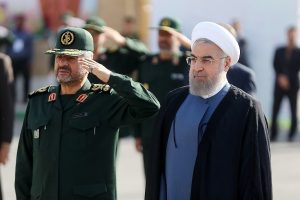
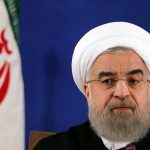
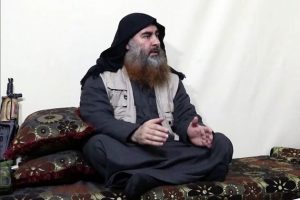
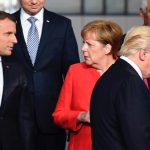
Mr: Vidbeldavs, It is indeed very ironic that you point out that “Turkey’s invasion of Syria is a violation of the U.N. Charter that has no justification in law”. But you conveniently forget to point out that about the US forces! Was the invasion, and occupation of N.E Syria (which very ironically is where Syria’s oil fields are) a violation of U.N charter??? Well sure it is! But you based your entire mantra on the lie that U.S has any business there except the usual war making activity!